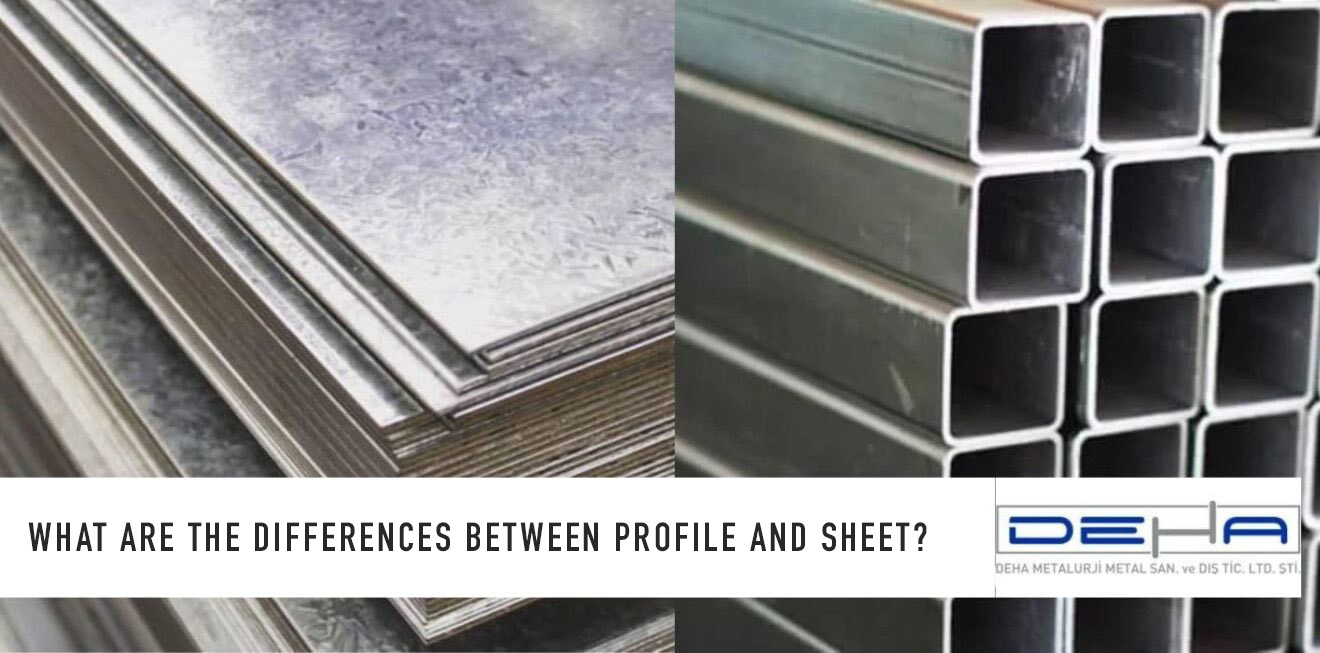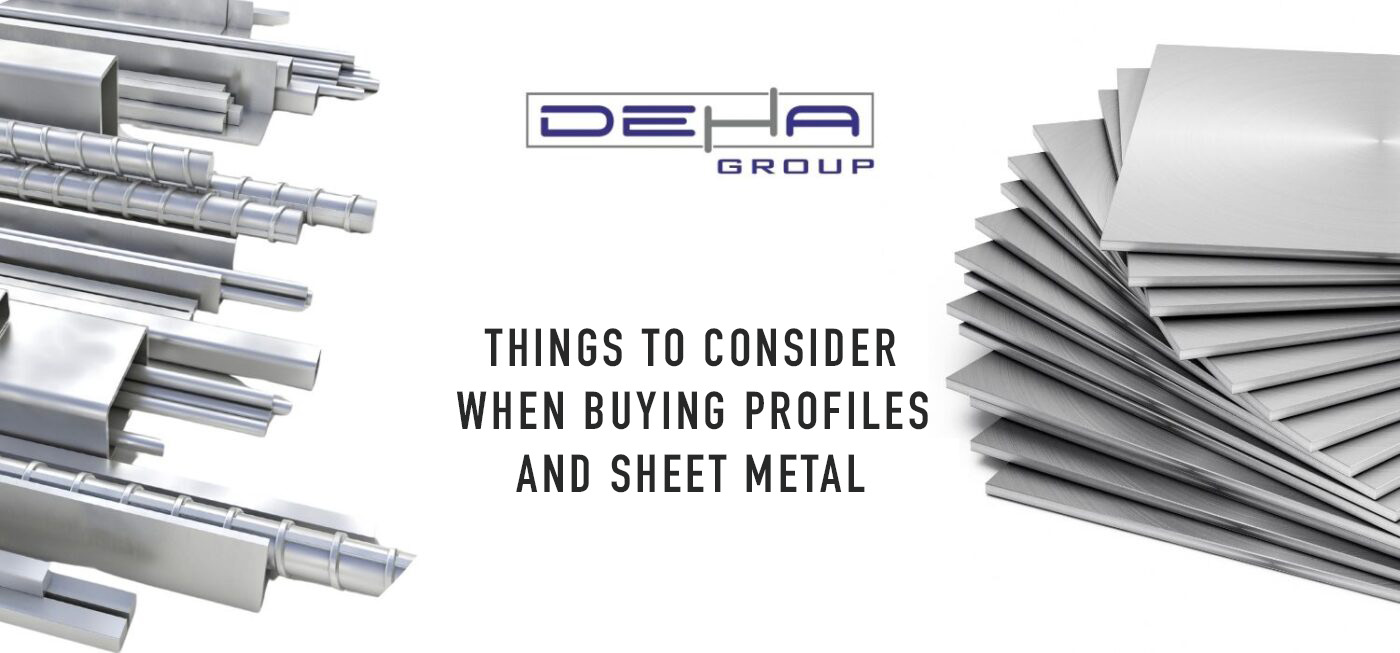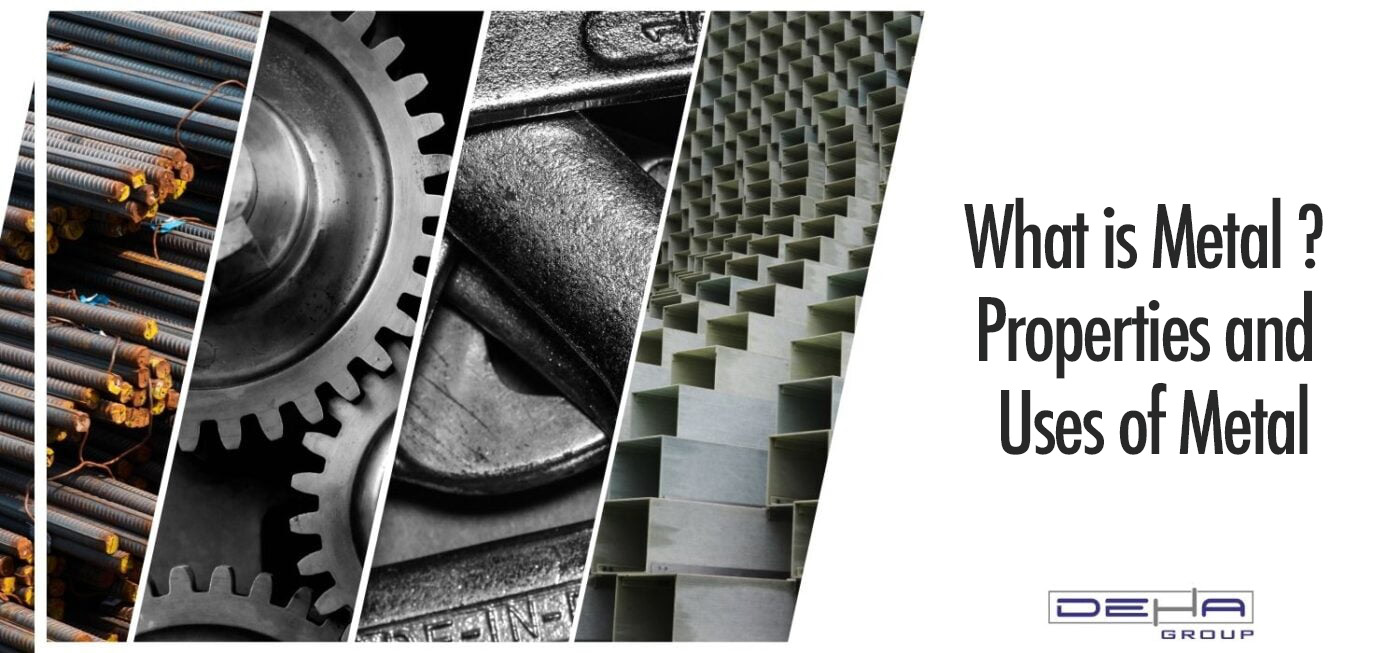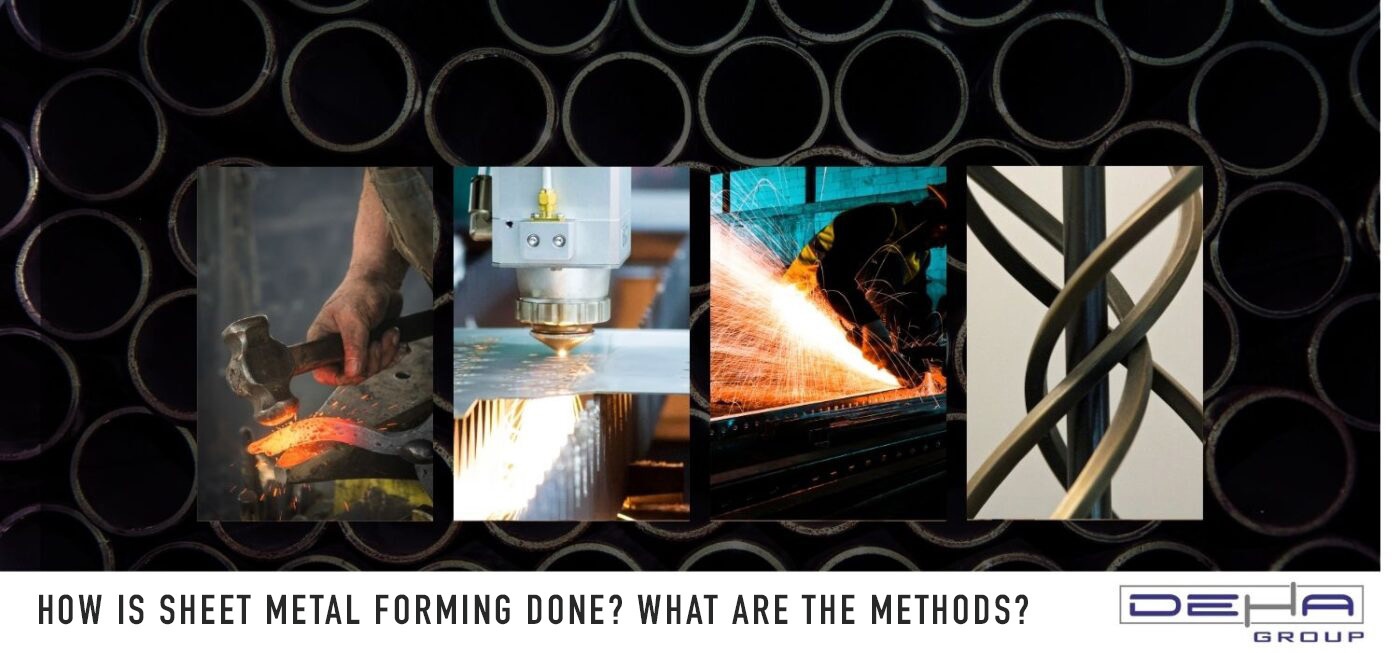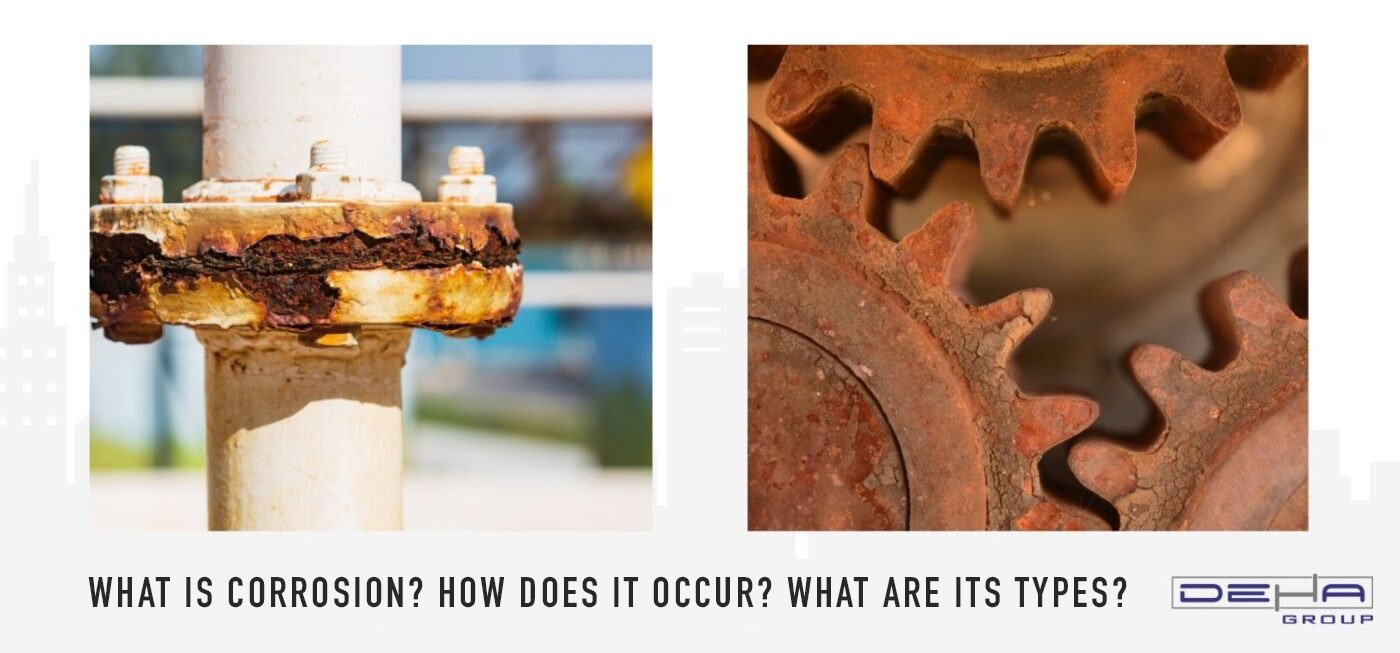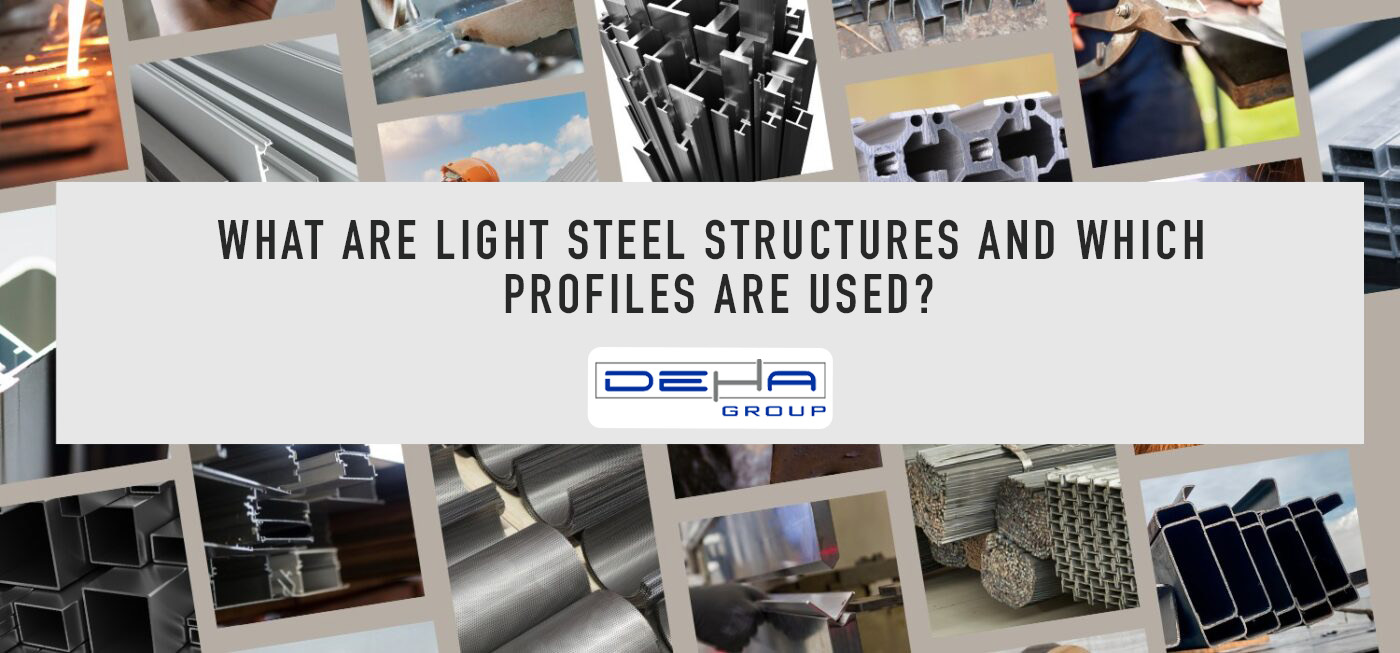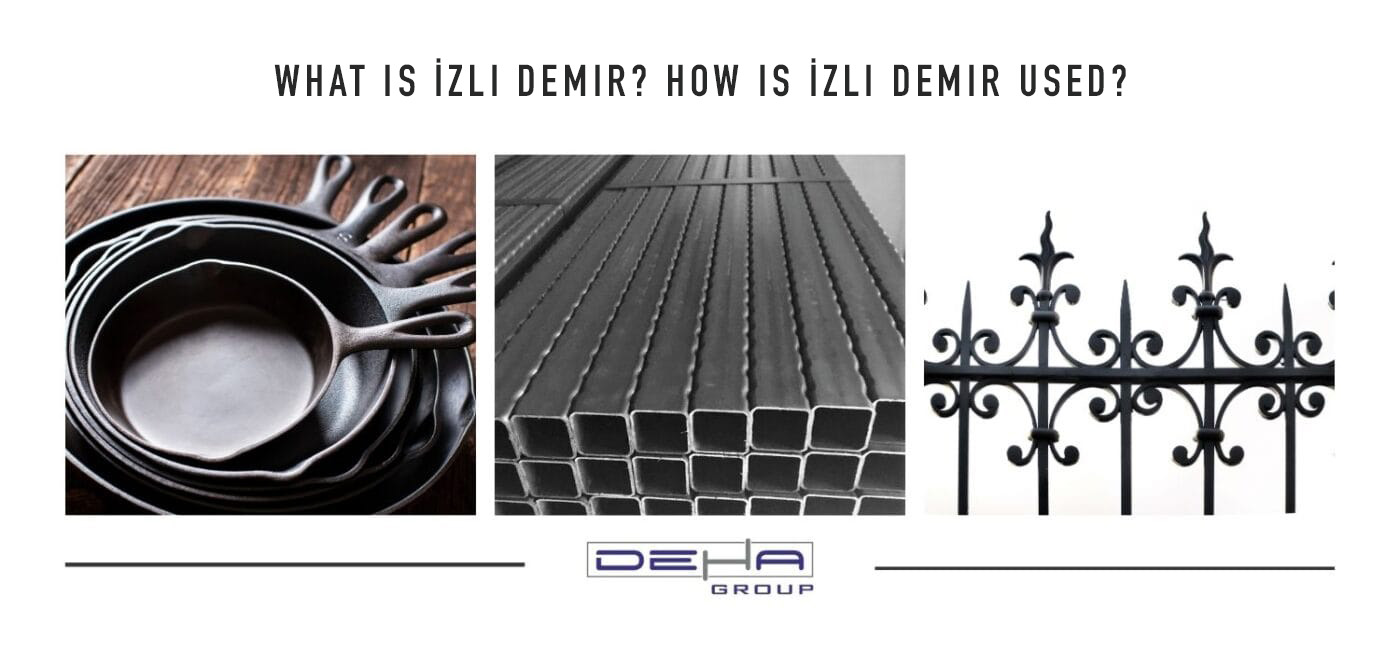
Ribbed steel is a special type of steel used in reinforced concrete structures, characterized by its surface indentations and protrusions that enhance durability. Commonly preferred in the construction sector, ribbed steel forms a strong bond with concrete, contributing to the longevity of structures. Unlike standard smooth steel, the surface structure of ribbed steel allows for better interlocking with concrete, making structures more robust. This feature provides a significant advantage, especially in earthquake-prone areas or for structures bearing heavy loads.
Ribbed steel is manufactured as a building material in different thicknesses and lengths. These steel bars are used in load-bearing systems such as foundations, columns, and beams in large-scale projects to increase structural strength. Another reason for the widespread preference for ribbed steel is its resistance to corrosion. This allows it to maintain durability in external environmental conditions and be used safely for many years without issues such as rust.
This type of steel is also an environmentally friendly building material due to its recyclability. When its service life ends or when project modifications are made, ribbed steel can be melted down and reused. This environmental benefit contributes to sustainable construction projects and helps reduce costs in the construction sector.
The structural properties of ribbed iron provide higher strength and durability compared to other types of iron. Its indented and protruding structure increases friction when in contact with concrete, creating a stronger structural bond. This mechanism enables the concrete to withstand higher pressures without cracking or separating. This feature of ribbed iron plays a vital role in large-scale construction projects.
The regular and distinct markings on the surface ensure that the concrete adheres evenly during pouring. This ribbed structure allows for more homogeneous distribution of loads and ensures that all parts of the structure are equally resilient. Additionally, ribbed iron is manufactured according to specific standards and undergoes international quality control tests, making it a reliable choice for any construction project.
The structural advantages of ribbed iron find wide usage not only in buildings but also in infrastructure projects such as bridges, viaducts, and dams that bear heavy loads. Its high tensile strength enhances the safety of structures against earthquake risks, especially in seismic zones.

The most important aspect of using rebar is its proper placement and the application of appropriate techniques during the concrete pouring stage. Rebar is used in main structural elements such as foundations, columns, and beams. When placed inside concrete, rebar increases durability by evenly distributing the weight of the structure once the concrete hardens. During this process, properly bending and installing the rebar by professional workers ensures the structure is long-lasting and safe.
Before installation, rebar is cut to the desired dimensions and shaped according to the project. Before starting the concrete pouring process, the rebar is fixed to each other using tie wires or welding. The most important detail to pay attention to at this stage is that the rebar is placed in a correct and proper position within the concrete. Incorrect placement can lead to structural defects and weak points, jeopardizing the project's safety.
During the concrete pouring process, it is ensured that the rebar is completely embedded in the concrete and comes into contact with the concrete from all sides. This process creates a strong bond between the concrete and the rebar as the concrete sets, increasing the structure's overall load-bearing capacity. Special attention to the use of rebar in large-scale projects, such as bridges, tunnels, and high-rise buildings, is vital for structural safety.
Rebar has many advantages compared to other types of iron. Chief among them are its high tensile strength and strong adherence to concrete. This ensures the longevity of structures and enhances resistance to external effects. Rebar minimizes the risk of concrete cracking and helps make structures more stable. Additionally, the ribs on the surface of the rebar increase friction with the concrete, contributing to the safety of the structures.
Another important advantage is that rebar is resistant to corrosion. Its resistance to rust allows it to be used smoothly for many years, especially in outdoor projects. This feature reduces costs and ensures the preservation of structural integrity, particularly in projects such as bridges, dams, and highways. Rebar maintains its durability without deforming, even under heavy loads, by preserving its flexibility.
Finally, the recyclability of rebar is a significant advantage for environmentally friendly projects. When its usage period ends or changes are needed in projects, this iron can be reprocessed and used in other projects. This provides cost savings and minimizes negative impacts on the environment.
Rebar is widely used in various fields, primarily in the construction industry. This type of iron, especially preferred in large infrastructure projects such as building constructions, bridges, dams, and tunnels, offers significant advantages in terms of structural strength and durability. Additionally, rebar ensures the structural integrity of buildings by being used in the construction of main load-bearing elements such as columns, beams, and foundations in reinforced concrete structures.
Rebar is also preferred in the construction of earthquake-resistant buildings. Thanks to the ribs on its surface, it fully integrates with concrete, creating a more resistant structure against earthquakes. It also offers safe use in ground floors and underground structures. The high-strength structure of this iron prevents buildings from cracking or being damaged under both vertical and horizontal loads.
Besides these, rebar is used in industrial facilities, warehouses, port constructions, and other industrial projects requiring high durability. Whether for large-scale infrastructure projects or small-scale construction projects, rebar can meet all kinds of needs as a reliable and long-lasting building material.



